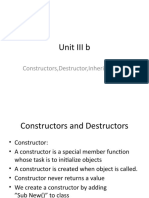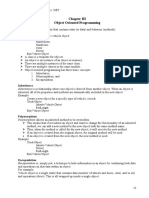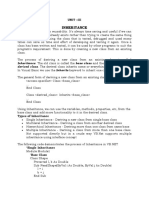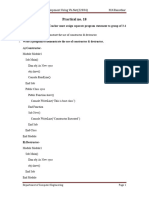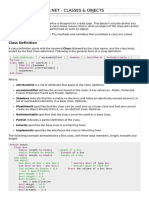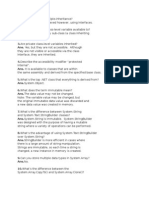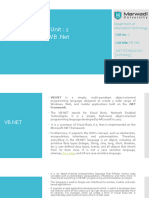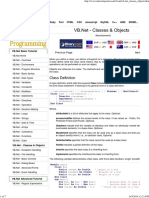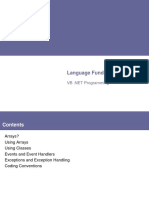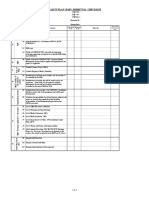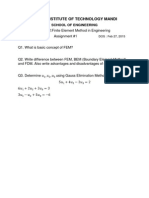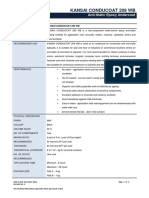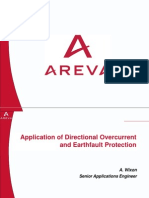0% found this document useful (0 votes)
32 views29 pagesMultiple Inheritance
The document explains key concepts of object-oriented programming in VB.net, including multiple inheritance, interfaces, abstract classes, polymorphism, method overloading and overriding, destructors, constructors, and inheritance types. It details how to implement these concepts with syntax examples and highlights the advantages of using inheritance in application development. Additionally, it covers properties in VB.net, including read-write, read-only, and write-only properties.
Uploaded by
Vaibhav KumarCopyright
© © All Rights Reserved
We take content rights seriously. If you suspect this is your content, claim it here.
Available Formats
Download as PDF, TXT or read online on Scribd
0% found this document useful (0 votes)
32 views29 pagesMultiple Inheritance
The document explains key concepts of object-oriented programming in VB.net, including multiple inheritance, interfaces, abstract classes, polymorphism, method overloading and overriding, destructors, constructors, and inheritance types. It details how to implement these concepts with syntax examples and highlights the advantages of using inheritance in application development. Additionally, it covers properties in VB.net, including read-write, read-only, and write-only properties.
Uploaded by
Vaibhav KumarCopyright
© © All Rights Reserved
We take content rights seriously. If you suspect this is your content, claim it here.
Available Formats
Download as PDF, TXT or read online on Scribd
/ 29












